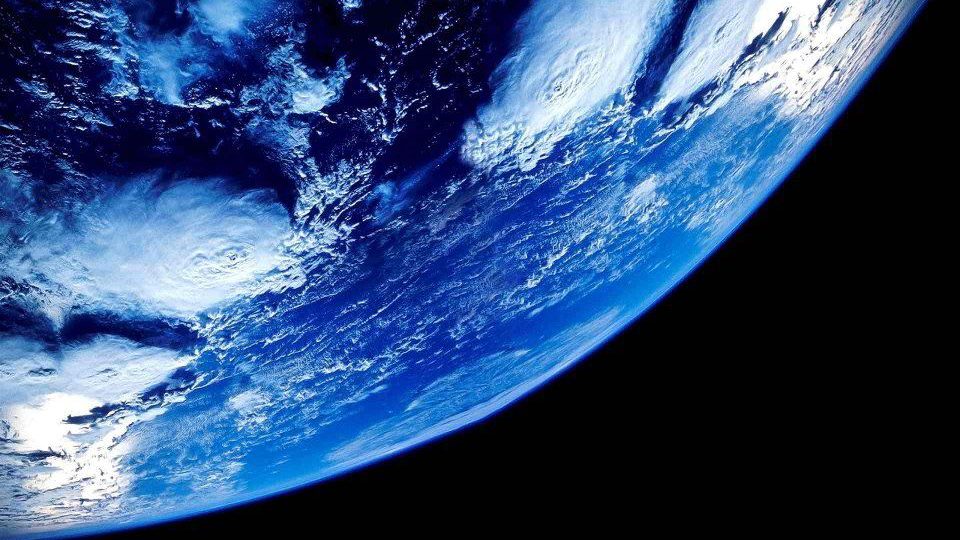The 1987 signing of the Montreal Protocol was one of the biggest victories for global environmental stewardship. The 197 signatory nations banded together to address a planetary emergency: the depletion of the ozone layer in the upper atmosphere resulting from the use of chlorofluorocarbons or CFCs.
Over the years, there were celebratory headlines like “The Earth’s Ozone Hole is Shrinking” and “Without the Ozone Treaty, You’d Get Sunburned in 5 Minutes”. And indeed, the hole in the ozone layer has shrunk over time.
However, the presence of CFCs in the atmosphere is continually monitored and studies in recent years reported new emissions of about 13,000 tons of CFC-11 a year from somewhere in eastern Asia starting in 2012. That was two years after the 2010 date for ending all CFC production under the terms of the Montreal Protocol.
A new study published in Nature has pinned down the source of more than half of the new CFC emissions to the provinces of Shandong and Hebei on the northeastern coast of China. The bulk of these emissions are believed to come from small factories using the chemical to manufacture foam insulation used in refrigerators and buildings.
The Chinese government has already shut down two manufacturing locations, but undercover agents have found that 18 out of 21 manufacturers in the region are using the banned substance. They appear to be quite adept at circumventing enforcement.
The new emissions aren’t large enough so far to be catastrophic, but the Chinese government needs to crack down on this illegal activity. It is difficult to stop because these are small companies operating in meth lab-like facilities. Saving the earth’s atmosphere from ourselves is a tricky business.
**********
Web Links
How an Illicit Chemical Is Jeopardizing Recovery of the Ozone Layer
Photo, posted July 28, 2012, courtesy of Beth Scupham via Flickr.
Earth Wise is a production of WAMC Northeast Public Radio.
